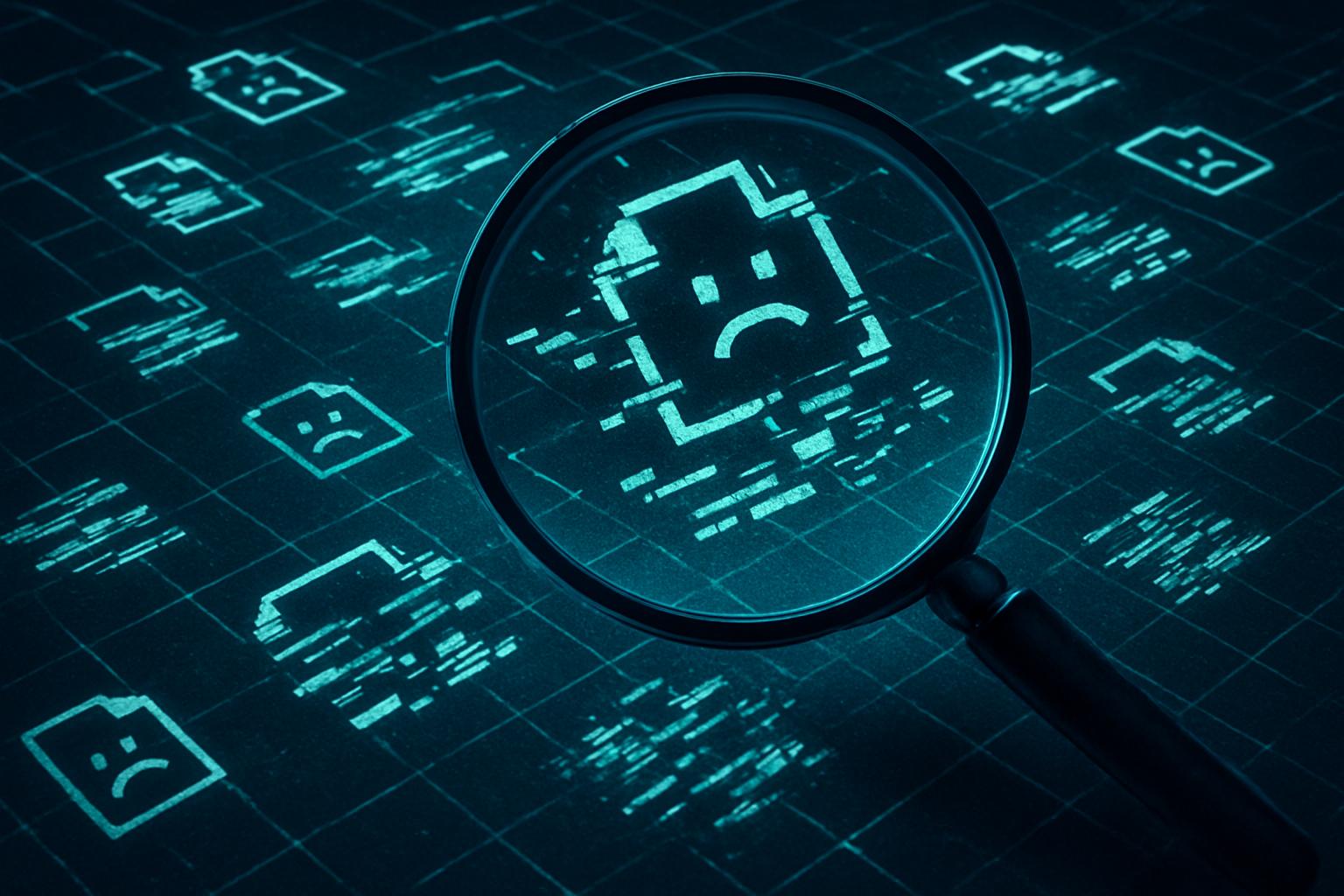
AI CERTS
12 hours ago
Researchers Question AI Dataset Integrity Standards
Industry professionals want clear numbers. Nevertheless, current tests often mislead because many examples already sit inside training corpora. Therefore, models appear smarter than they are, masking real capability gaps.

Benchmark Contamination Crisis Exposed
Multiple independent teams studied public benchmarks between 2024 and 2025. Moreover, they found severe data leakage issues across NLP, math, and code tasks. The Benchmark Inflation study introduced “retro-holdouts” for TruthfulQA. Consequently, some models lost 16 percentage points after contamination removal.
In contrast, LessLeak-Bench examined 83 software-engineering datasets. Average leakage hovered near 4.8 percent. Yet QuixBugs reached 100 percent leakage, while BigCloneBench hit 55.7 percent. Such peaks dramatically inflated pass rates.
- TruthfulQA score inflation: ≤16 pp
- QuixBugs leakage: 100 percent
- BigCloneBench leakage: 55.7 percent
- Average Python leakage: 4.8 percent
These numbers reveal systemic flaws. However, they only scratch the surface. Many other benchmarks show smaller yet meaningful leakage.
Researchers warn that AI Dataset Integrity demands urgent attention. Still, deeper analysis of inflation magnitude is required before policy shifts.
Benchmark Inflation Magnitude Revealed
Fresh datasets called retro-holdouts replicate original distributions while removing leaked items. Consequently, they expose hidden memorization. Models that scored high on public TruthfulQA dropped sharply on cleaned sets. Furthermore, similar drops appeared on GSM8K, MMLU, and HumanEval once contamination was pruned.
Experts argue that flawed test methodologies worsen the crisis. Many teams tweak questions or paraphrase prompts rather than rebuild entire sets. However, new evaluations show these partial fixes leave residual leakage patterns intact. Therefore, score inflation persists.
Such findings shake confidence in headline accuracy charts. Nevertheless, vendors continue using public benchmarks for marketing claims. These practices threaten AI Dataset Integrity if uncorrected.
Inflation metrics highlight urgent measurement reforms. Subsequently, attention has shifted toward auditing tool effectiveness.
Auditing Tools Under Fire
Audit frameworks promise to flag data leakage issues. DATABench tested leading detectors against adversarial obfuscation. Moreover, it revealed most tools break under minimal evasion. Consequently, current audits offer limited protection.
Meanwhile, the Emperor’s New Clothes review compared mitigation pipelines. It concluded no strategy balances fidelity and contamination prevention yet. In contrast, earlier marketing materials claimed quick fixes already existed. Such discrepancies further erode trust.
Therefore, security-style red teaming now surrounds benchmark auditing. Researchers frame it as an arms race. Nevertheless, stronger standards can emerge from this pressure.
Auditing limitations underline the stakes. However, emerging proposals present possible paths forward.
Emerging Mitigation Proposals Analyzed
Several labs pursue cleaner evaluation methods. AntiLeak-Bench automatically generates questions whose factual content post-dates model training cutoffs. Consequently, contamination probability falls sharply.
Retro-holdout construction also gains traction. Additionally, new metrics like kernel divergence score contamination risk rather than binary presence. Furthermore, secure servers now host hidden test sets, reducing scrape exposure.
Safeguarding AI Dataset Integrity
Professionals can enhance their expertise with the AI+ Data™ certification. Coursework covers dataset auditing, benchmark design, and governance. Therefore, teams gain practical tools to protect AI Dataset Integrity while meeting compliance goals.
- Automated question generation
- Post-hoc retro-holdouts
- Secure evaluation sandboxes
- Divergence-based contamination metrics
Each option offers benefits. Nevertheless, trade-offs include greater cost, limited reproducibility, or added complexity.
Mitigation avenues show promise. Subsequently, leaders must evaluate business impacts.
Industry Impact Assessment Insights
Inflated benchmarks distort procurement decisions. Moreover, they may steer research funding toward overhyped capabilities. Consequently, organizations risk deploying systems that underperform on live data.
Regulators notice. The EU AI Act emphasizes transparent performance disclosure. Furthermore, MLCommons pushes new risk benchmarks like AILuminate that hide test sets until evaluation time. Such steps aim to strengthen AI Dataset Integrity across sectors.
Meanwhile, competitive stakes rise. Vendors tout impressive numbers, yet savvy buyers now demand contamination audits. Therefore, certifications such as AI+ Data™ become differentiators during vendor assessments.
Failing to address flawed test methodologies invites reputational harm and legal scrutiny. Nevertheless, proactive governance can convert compliance into market trust.
Industry pressure accelerates best practices adoption. However, strategic guidance remains essential for next moves.
Strategic Recommendations Moving Forward
Teams should inventory current benchmarks and flag known leakage. Additionally, re-evaluate core KPIs using contamination-free variants. Moreover, integrate automated scanners during data pipeline builds to reduce future leakage.
Next, allocate budget for third-party audits. In contrast to in-house checks, external reviewers provide impartial assurance. Consequently, stakeholder confidence improves.
Finally, invest in staff training. Courses leading to AI+ Data™ cover mitigation playbooks and legal considerations. Therefore, internal capabilities evolve alongside tooling.
These steps bolster AI Dataset Integrity today. Nevertheless, continuous monitoring remains vital because data ecosystems change rapidly.
Practical actions create immediate value. Subsequently, leaders must internalize broader lessons highlighted below.
Key Takeaways
- Contamination inflates scores by up to 16 percentage points.
- Audit tools falter under adversarial evasion.
- Comprehensive mitigation demands multiple, layered approaches.
These insights underscore urgent reform needs. However, a coordinated community response can restore trust.
Conclusion And Next Steps
Recent findings expose deep measurement flaws. Moreover, data leakage issues and flawed test methodologies skew perceptions of model progress. Consequently, organizations must adopt stricter evaluation, auditing, and education practices.
Proactive teams already pursue contamination-free benchmarks, invest in external audits, and certify staff through AI+ Data™. Therefore, they minimize risk while maximizing innovation potential. Nevertheless, vigilance must continue as datasets and models evolve.
Commit to robust AI Dataset Integrity now. Explore the linked certification and start fortifying your evaluation pipelines today.



